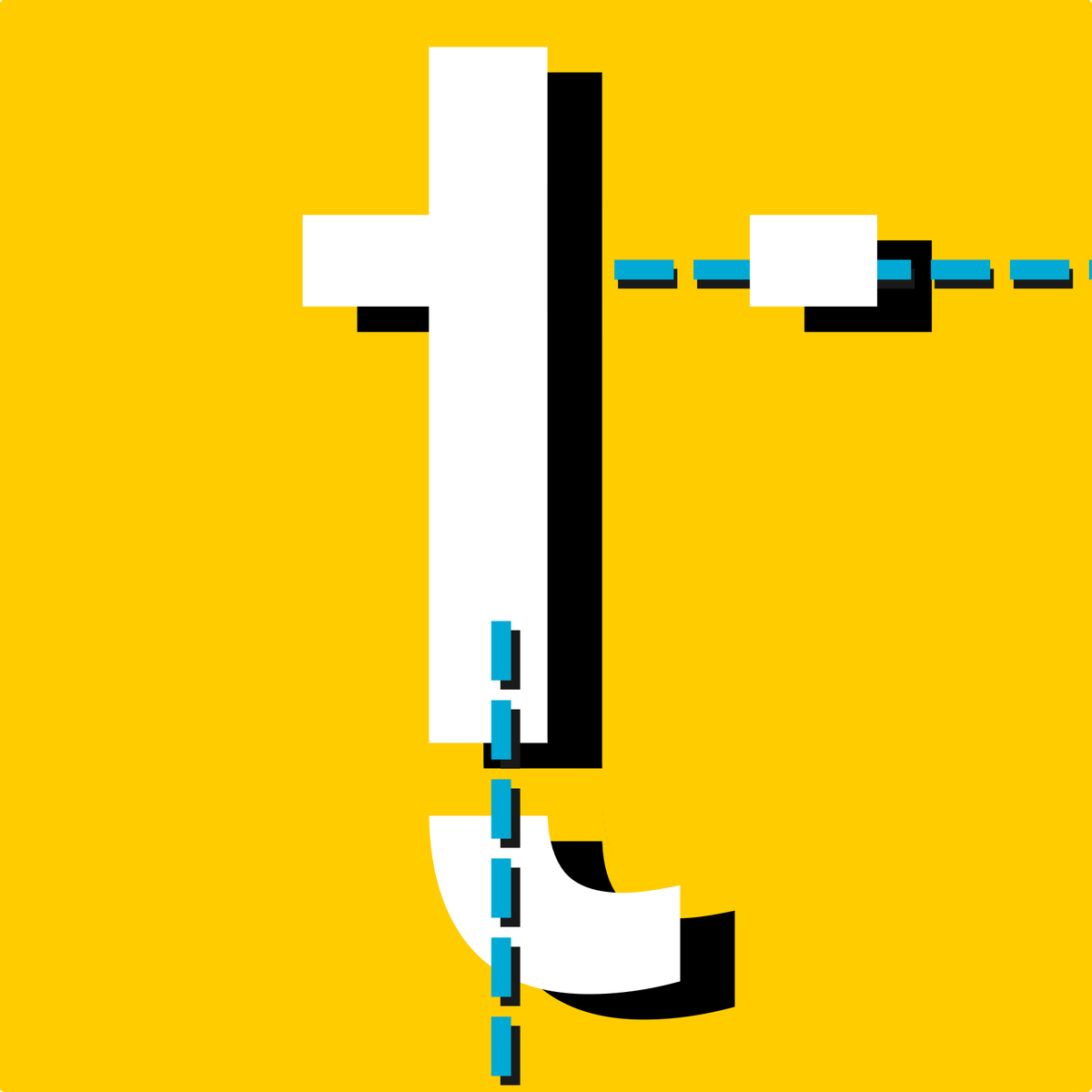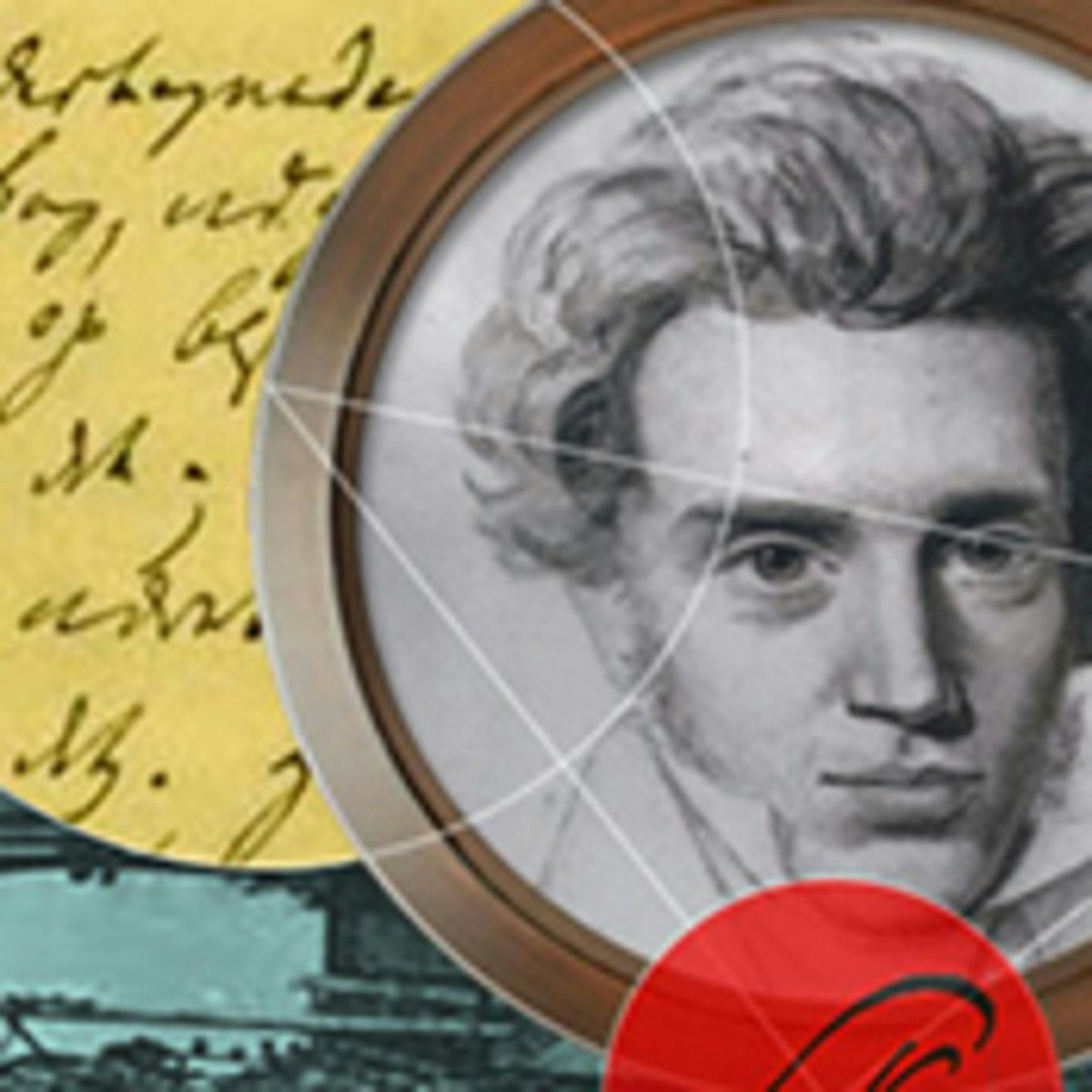Back to Courses









Arts And Humanities Courses - Page 15
Showing results 141-150 of 464

Writing Stories About Ourselves
In this course, creative nonfiction writers will explore traditional storytelling methods, especially those which overlap between fiction and memoir. By looking at examples from a wide range of genres, including film, song, painting—even the theme music for Jaws!—we’ll practice exercising the creative muscle that sees ourselves as characters and the experiences we’ve had as tales. We’ll focus on critical elements, like how to begin a story, what makes for worthy content, the essential use of detail, the strengths and limits of dialogue, the power of the white space. The ultimate goal is for us to become aware of an “audience” when we write, so that the documentation of our lives will begin to resemble a “performance” crafted onto paper rather than a private entry in a journal.

Reasoning Across the Disciplines
Critical reasoning skills are a key success factor for students entering their first year of college. They must be able to think logically and form arguments. This course, designed with incoming college freshmen in mind but open to anyone, provides an essential grounding in critical reasoning skills. Faculty from multiple disciplines at the University of North Carolina at Chapel Hill offer guidance on applying critical thinking skills in the context of specific disciplines. By developing these skills, students will learn more, enjoy their courses more, and experience greater academic success.
This course will help you understand what critical thinking skills are and why they're so important. You will also learn how critical thinking skills vary across disciplines, as well as see them applied across several fields, including, chemistry, history, psychology, law, English, and American Studies. You will develop your own critical thinking skills by working through scenarios or problems posed by scholars across these fields, and you will better understand how your college courses will differ from your earlier education.

Get Started with Inkscape
By the end of this project, you’ll get comfortable opening and using Inkscape. With Inkscape, a free vector graphics program, you can build graphics with clear lines, vivid colors, and the flexibility to resize again and again.
You’ll get comfortable setting up Inkscape documents and using its most common tools: shape tools, selection and editing tools, the pen tool, and the text tool. You’ll also learn to pan and zoom around inside Inkscape.
To build these skills, you’ll explore the differences between vector and raster graphics, practice panning and zooming in Inkscape, create a range of shapes, and edit those shapes.
Note: This course works best for learners who are based in the North America region. We’re currently working on providing the same experience in other regions.

How to create custom typography design in Adobe Illustrator
By the end of this project, you’ll be able to create a custom typography design in Adobe Illustrator. During this project, you’ll explore some of Adobe Illustrator’s most useful tools, draw basic and complex letter designs, and add style to your type. By the end of the project, you’ll feel comfortable building your type designs from scratch.

Photography Techniques: Light, Content, and Sharing
Welcome to Course FOUR! In Modules 1-4 you will cover the final elements of the Specialization necessary to round out this introduction to the fundamentals of Photography, and prepare you for creating your own exciting project in the Capstone! You have come a long way since the beginning of this journey from Smartphone Basics to DSLR and Beyond. Just think of all the information you have absorbed and put to use in your assignments and quizzes, and the confidence you have gained that you CAN control the camera to make pictures you are proud to share.
Here in Course Four you will start by gaining knowledge related to content in photography, from fact to fiction, documentary to purely expressive. Next you will learn principles, tips, and techniques for using the essential element of Light in Ambient/Natural settings.
The flash/strobe unit, whether it is built-in to your camera or an add-on "hotshoe" model, will finally be something you, not the camera, controls! You will prove to yourself that those former mysteries of Controlled Continuous and Strobe lighting will no longer be mysterious, as you apply your knowledge to creation of assignment photographs in various situations. Sharing those pictures in Peer Review will give you the opportunity to learn from your fellow photographers' solutions to lighting challenges, and to gain insight into your own work and creative approaches too.
There is an important word to share about Peer Review assignments for this course. As photographers who have accomplished the quiz and photography requirements of Courses One through Three, you have the knowledge and capability to create quality photographs at a much higher rate of success, and in a much shorter time, than when you began. You have also proven that you are a dedicated Learner, someone who has a passion for photography and is willing to put forth the extra effort necessary to accomplish your goals. This Course is the last before the Capstone Course, in which you will be tasked with creating a project over a 2-month period of dedicated photography. The Peer Review photography assignments have been structured with both your advanced capabilities and dedication in mind...in other words, they will require both! Be prepared to allocate more time than you have in previous Courses for the assignments, because they will take more time and because you will really enjoy them!
Course Four ends with an overview of methods for finalizing your pictures in print form, including simple but effective matting techniques, and in web page designs as well. The pleasures and perils of sharing in social media sites are also yours to discover. Protecting your copyrights by understanding that concept and the ways that you can assert them, being careful about blogs and other outlets, and recognizing you are part of a community that respects the individual's creative effort, well that is important knowledge to have in preparation for the Capstone too! Let's get started with Module One!

Music as Biology: What We Like to Hear and Why
The course will explore the tone combinations that humans consider consonant or dissonant, the scales we use, and the emotions music elicits, all of which provide a rich set of data for exploring music and auditory aesthetics in a biological framework. Analyses of speech and musical databases are consistent with the idea that the chromatic scale (the set of tones used by humans to create music), consonance and dissonance, worldwide preferences for a few dozen scales from the billions that are possible, and the emotions elicited by music in different cultures all stem from the relative similarity of musical tonalities and the characteristics of voiced (tonal) speech. Like the phenomenology of visual perception, these aspects of auditory perception appear to have arisen from the need to contend with sensory stimuli that are inherently unable to specify their physical sources, leading to the evolution of a common strategy to deal with this fundamental challenge.

Søren Kierkegaard - Subjectivity, Irony and the Crisis of Modernity
It is often claimed that relativism, subjectivism and nihilism are typically modern philosophical problems that emerge with the breakdown of traditional values, customs and ways of life. The result is the absence of meaning, the lapse of religious faith, and feeling of alienation that is so widespread in modernity.
The Danish thinker Søren Kierkegaard (1813-55) gave one of the most penetrating analyses of this complex phenomenon of modernity. But somewhat surprisingly he seeks insight into it not in any modern thinker but rather in an ancient one, the Greek philosopher Socrates.
In this course created by former associate professor at the Søren Kierkegaard Research Centre, Jon Stewart, we will explore how Kierkegaard deals with the problems associated with relativism, the lack of meaning and the undermining of religious faith that are typical of modern life. His penetrating analyses are still highly relevant today and have been seen as insightful for the leading figures of Existentialism, Post-Structuralism and Post-Modernism.

Big History - From the Big Bang until Today
Welcome to this Big History course! In this course, renowned scientists and scholars from the University of Amsterdam and beyond will take you on a journey from the Big Bang until today while addressing key questions in their fields. After completing this journey you will have developed a better understanding of how you and everything around you became the way they are today. You will also have gained an understanding of the underlying mechanisms that have helped shape the history of everything and how they wil help shape the future. Last but not least, you will have developed the skill to use this knowledge to put smaller subjects into a bigger perspective with the aid of the little big history approach, which can help you develop some new ideas on these smaller subjects.

Gender, Family, and Social Change in Contemporary South Korea
This course examines the transformation of Korean society beginning around the turn of the 20th century to contemporary times. In particular, it explores how shifting categories of masculinity, and by contrast, femininity have impacted upon, and in turn been influenced by social, cultural, and political change. Using multiple disciplinary lenses, we will critically examine how gender intersects with political, social, and economic developments starting with the Confucianization of Korean society during the Joseon Dynasty (1392-1910) up to the contemporary moment of globalization and neoliberal reform. The class will draw on a variety of topics such as traditional views of women, religion, race, class, education, patriarchy, sexuality, imperialism, modernity, war, globalization, the diaspora, among others. Special attention will be placed on the historical, transnational and transdisciplinary connections.

Magna Carta and its Legacies: Freedom and protest
This course examines the roles that Magna Carta has played historically as well as the importance of Magna Carta today. It aims to equip students with a critical understanding of Magna Carta and its significance around the globe. Students will find out what Magna Carta is, how it came about, and why many believe that it remains one of the most significant documents in history. We will investigate why Magna Carta was perceived as 'radical' in its day, why it continues to be the source of numerous debates, and why its anniversaries are celebrated widely up until the present day. Magna Carta's most recent anniversary took place in 2015, when the 800th anniversary of Magna Carta's sealing on the meadows of Runnymede in Surrey was celebrated.
Popular Internships and Jobs by Categories
Browse
© 2024 BoostGrad | All rights reserved


